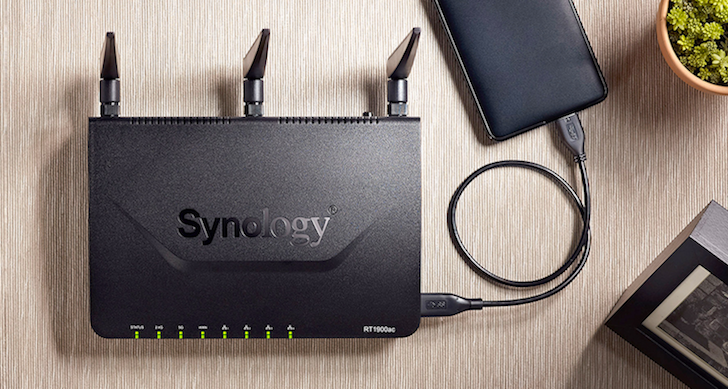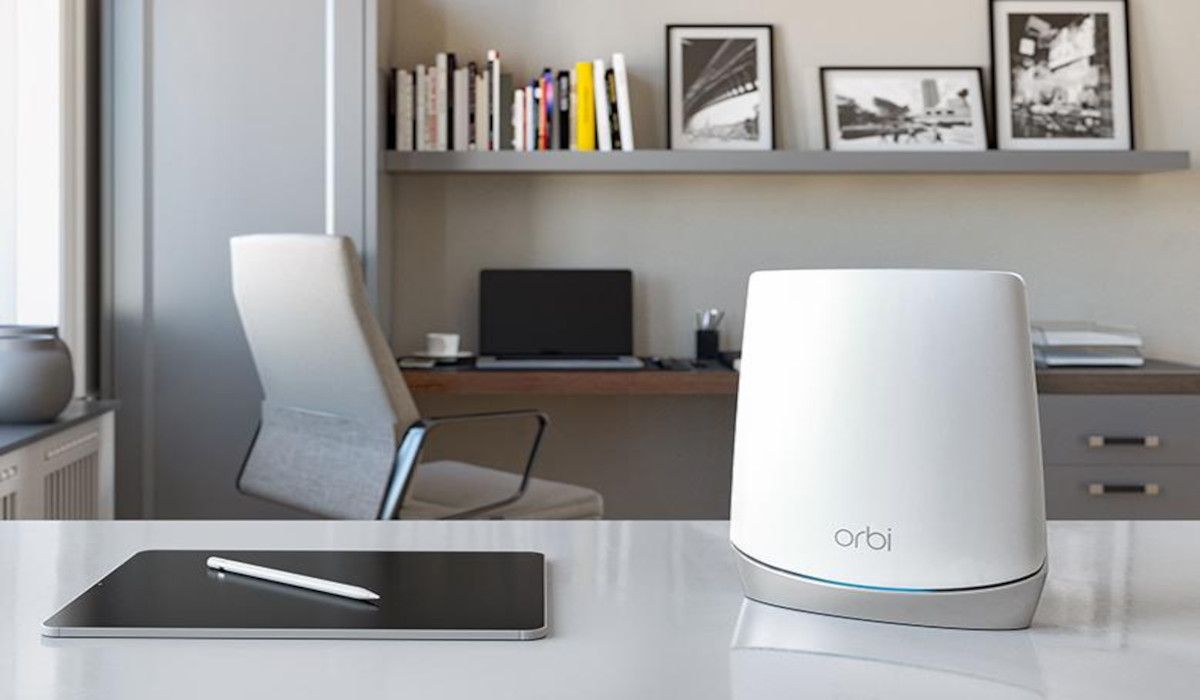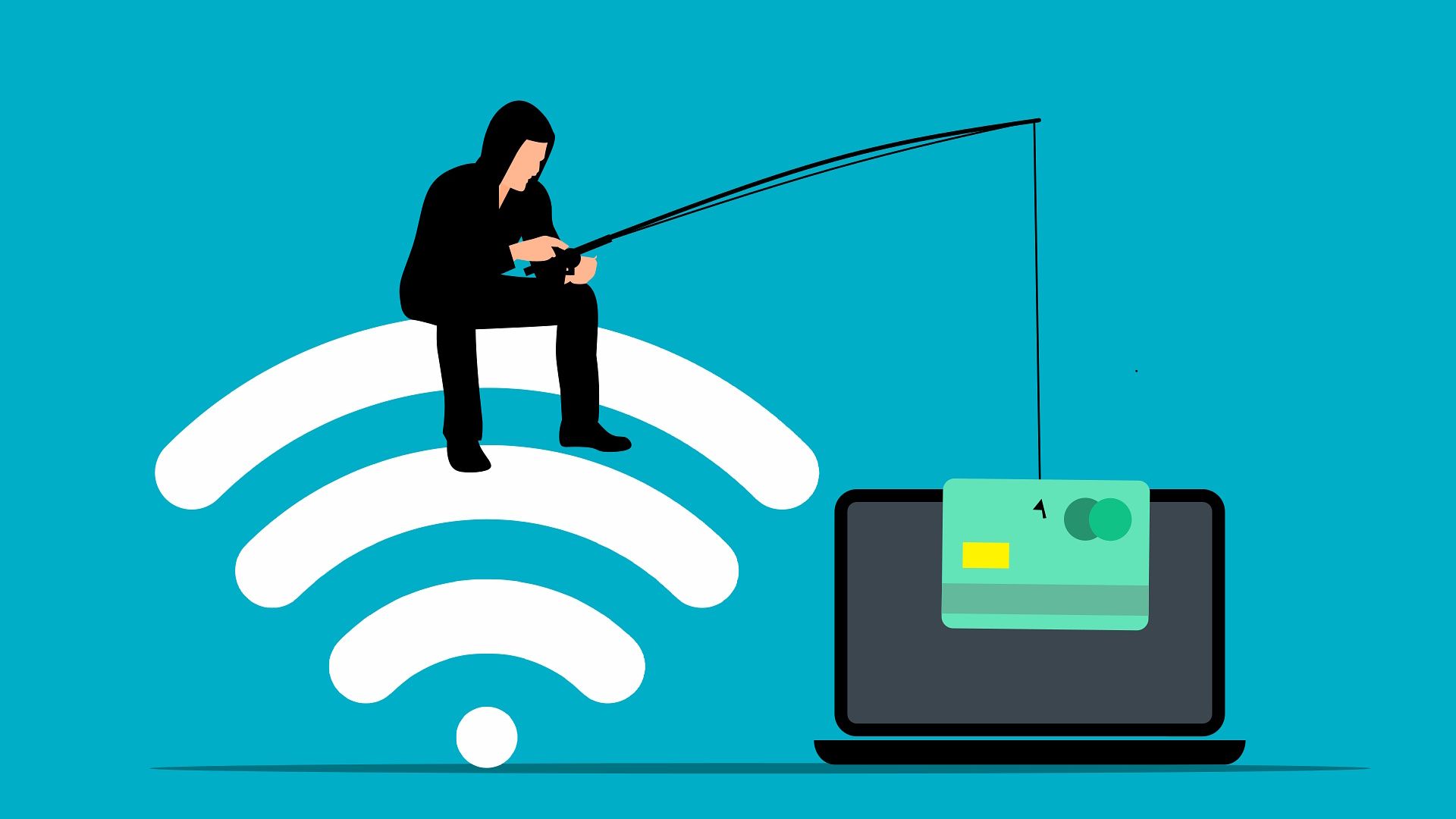If you notice your internet slowing down and unfamiliar devices appearing on your network, you should determine if this is a glitch or unauthorized access. A compromised router exposes personal data on your Chromebook and other devices and increases exposure to security threats. Follow these steps to detect and prevent them before more damage occurs.
9
Watch your router’s lights for unexpected activity
Most routers feature indicator lights that show power status, connectivity, and wireless activity. Turn off all wireless devices and watch the Wi-Fi activity light to check for unauthorized users. If the light continues blinking, an unexpected device may be connected. This method is less practical in modern homes where many smart home devices connect continuously. If you can account for all connected devices, use this technique as a first check.
8
Trouble logging in to your router could mean a security breach
Trouble logging in to your router’s admin settings indicates a compromise. Passwords do not change on their own. A hacker likely used brute force, credential stuffing, or exploited a vulnerability to gain access. When inside, cybercriminals modify security settings and turn off firewalls.
This access allows them to monitor internet activity, redirect traffic to malicious websites, and install malware on connected devices. Prevent unauthorized access by setting a strong, unique password. Set up two-factor authentication if it is supported and restrict remote access unless necessary.
7
Sudden internet slowdowns may be a sign of Wi-Fi theft
Slow internet speeds are common. They result from weak Wi-Fi, device interference, network congestion, or outdated firmware. If your internet suddenly slows without an apparent cause, it signals unauthorized Wi-Fi use. Unauthorized users consume bandwidth and cause sluggish performance, buffering, and connection drops.
Change your Wi-Fi network’s SSID to a unique name instead of using the default. This prevents attackers from identifying your router model and exploiting vulnerabilities. Don’t use personal information in your SSID. Turn off SSID broadcasting if it is unnecessary.
6
Browser redirects are a sign of a hacked router
Browser redirects occur when your browser directs you to a different website than intended. Occasional redirects occur due to expired URLs or website settings. Persistent, suspicious redirects indicate router compromise. Hackers accessing your router’s admin panel can modify its Domain Name System (DNS) settings to reroute your traffic through malicious servers.
This directs you to fraudulent websites that collect credentials, distribute malware, or launch phishing attacks. Check your router’s DNS settings to confirm they remain unchanged. Use a reputable DNS provider such as Google DNS or Cloudflare. Reset to factory settings if you suspect hacking.
Related
How to change your phone’s DNS to Google or Cloudflare
Switch to Cloudflare or Google DNS for a safer browsing experience
5
A higher-than-usual bill means someone is using your bandwidth
Excessive data use from unknown devices may lead to overage charges on metered plans. Streaming, gaming, or large downloads from unknown users quickly increase your data consumption. This results in surcharges. Keep an eye on your internet usage. Check your router’s built-in data monitoring or your internet service provider’s (ISP) dashboard. Change your Wi-Fi password if you notice unexplained spikes in usage.
4
Unresponsive smart devices signal a security breach
Unexpected behavior in smart home devices may indicate unauthorized access. Unexplained activity indicates unauthorized network access that lets intruders control your devices remotely. Hackers infiltrating your Wi-Fi manipulate connected devices, spy on security cameras, and alter settings to create vulnerabilities. Create a separate guest network for IoT devices instead of sharing your primary network.
3
A Wi-Fi scanning app helps detect unauthorized users
Mobile apps scan your network and list connected devices to detect unauthorized users. Wi-Fi analyzers tools scan your network and list connected devices so you can quickly spot unfamiliar freeloading on your Wi-Fi.
Many modern routers include smartphone apps for setup and network management. These apps let you monitor connected devices. If unknown devices appear, apply MAC address filtering and restrict connections to trusted devices.
2
Reviewing router logs helps detect security breaches
If your active client list shows no suspicious devices but you suspect unauthorized access, check your router’s logs for more details. Most routers record past connections. Check historical activity, even if an intruder is offline. Access these logs from the settings menu that displays connected devices, typically under Logs, Event History, or System Logs.
Scanning these logs is tedious due to the extensive data. The logs typically list IP and MAC addresses, making it difficult to identify unauthorized devices. If you know when your network issues began, cross-check the logs for new MAC addresses added during that period.
1
ISP messages about abnormal traffic point to possible security issues
Your ISP may warn you about unusual network activity. ISPs monitor traffic and notify customers if they detect excessive data usage, security threats, or abnormal connection patterns. Scammers can pose as ISPs to trick users into revealing personal information. Never click links in unsolicited emails or messages. Contact your internet provider using their official customer service number or website to confirm the alert.
Is it time to upgrade your router?
Routers are often overlooked when upgrading home technology. Unlike smartphones and laptops that receive regular upgrades, people use the same router for years without realizing it is outdated. Older routers may lack security updates, perform poorly with multiple devices, and miss support for the latest Wi-Fi standards. Consider upgrading your router if it is over five years old.





